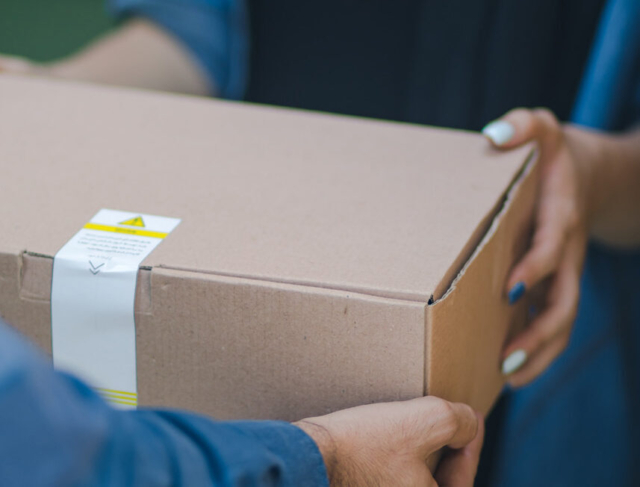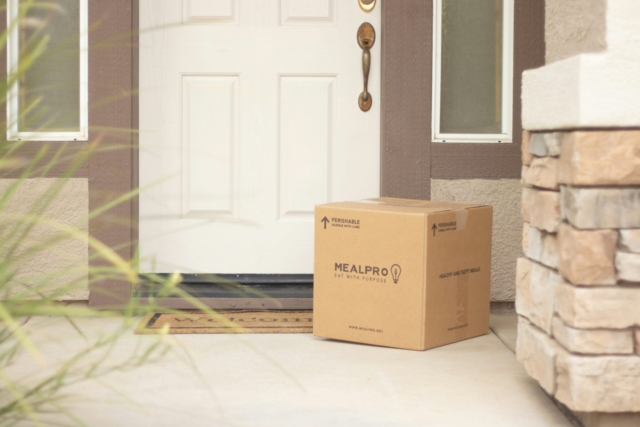How to Cultivate Customer Loyalty in Ecommerce

Acquiring new customers is hard enough, with acquisition costs increasing year on year for ecommerce companies. However keeping customers can prove even harder in saturated markets with new and competitive offerings.So what can you do to keep your customers coming back for more? How will you measure your success? We’ll answer these questions and more in this article.
What is customer loyalty?
Customer loyalty describes the behavior of customers who repeatedly purchase products or services from a particular brand or company.
Why is customer loyalty important in ecommerce?
Customers contribute more than half of every company’s north star metric: revenue. But that’s not the only reason you should be making customer loyalty a priority in 2024:
- Repeat customers spend more: Research reveals that repeat customers spend 67% more per order than new customers, and they have a higher customer lifetime value
- They rave about your brand: loyal customers tend to advocate for your brand through word-of-mouth, giving you free and organic exposure to new audiences
- Retention costs less: retaining existing customers typically costs less than acquiring new ones, providing a profitable source of sales and revenue
- Loyalty strengthens your reputation: repeat customers send a strong signal that your brand is trusted and consistently meets expectations, which makes the purchasing decision easier for new customers.
How to measure customer loyalty and retention
The best way to measure customer loyalty and retention is by tracking the repeat purchase rate.
This represents the proportion or percentage of buyers that have bought from you again since their initial purchase within a certain timeframe. You can calculate this using the following formula:
[No. of return customers] / [No. of total customers] x 100 = Repeat customer rate (%)
However, it’s important to remember that repeat customer rates look different for different ecommerce businesses. If you sell products with a longer lifespan and heftier price tag, you’ll naturally have a lower repeat customer rate than an online store selling cheaper goods that get replaced more frequently, like fast-moving consumer goods.
Ecommerce businesses should aim for a repeat customer rate of between 20 to 30%. Anything higher suggests that you’re not doing enough to expand your customer base, while a lower percentage indicates that you’re failing to re-engage and retarget one-time buyers.
To get the full picture on your brand’s customer loyalty, it’s also worth measuring other metrics like:
- Purchase frequency: how many times a customer makes a purchase within a particular timeframe on average
- Customer referral rate: the percentage of customers who are referred by existing customers
- Time between purchases: the average number of days between two separate purchases made by the same customer
- Churn rate: the percentage of customers that stop purchasing from your business over a specific period of time
When these are viewed collectively, you get a clearer and more accurate idea of how loyal your customers are, and how this loyalty evolves over time.
How to increase customer loyalty in ecommerce
Every ecommerce business wants to build a loyal customer base, but few know where to start. If you fall into that camp, don’t worry. We’ve got some tried and tested recommendations for retailers in 2024.
1. Deliver standout customer service
There’s a strong correlation between customer loyalty and great customer service. According to Salesforce research, 89% of customers are more likely to make another purchase following a positive customer service experience.
No matter how much love and care you put into your products and delivery, things can still go wrong, even due to no fault of your own. Perhaps a customer entered the wrong shipping address at checkout, or they got their sizing wrong.
Whatever it is, you need to be there when it happens, ready to help them find an appropriate solution. More than anything, you need to show them you care about their experience post-purchase.
This excellent customer service compels them to trust your brand and reminds them that future purchases will be protected in the same way. If contacting your team and reaching a solution proves painful, this trust depletes and customers look elsewhere.
Of course, the best way to deliver a standout customer experience is to reduce the number of customers reaching out to complain or receive support in the first place. That’s why ecommerce businesses should focus on improving integral processes like shipping. With 58% of customers no longer purchasing from a retailer due to a bad delivery experience, ensuring successful, first-time deliveries should be just as important.
2. Build an emotional connection
On average, customers who claim to have an emotional connection with a brand have a 306% higher customer lifetime value than those who don’t. This probably means they’re repeat customers, too.
There are plenty of ways to build this connection, from telling more authentic and relatable stories to remembering the human behind the customer profile in your communications. But first, you need to identify their emotional triggers and how these relate to your product or brand. And this starts with knowing what your existing customers actually care about.
What are they motivated by? What causes are near to their heart? What fills them with dread and fear?
These are all questions that’ll help you dig deeper to deliver marketing campaigns and communications that resonate with customers and keep you front of mind when it’s time to buy again.
3. Reward and incentivize loyalty
Customer loyalty programs and schemes are a tried and tested way to encourage repeat purchases, with the top-performing loyalty programs boosting revenue from customers by between 15 to 25% each year.
These initiatives typically reward customers with points, discounts, free products and early access to new collections, in exchange for their continued custom.
Popular schemes include:
Sephora’s point-based system where members can exchange points earned through purchases for trial-size products and experiences
Astrid & Miyu’s tier-based program where customers can graduate into new membership levels (and receive new rewards) by increasing their spend with the company
Adidas’ adiClub scheme that gives loyal customers exclusive early access to new product drops, among other things
Macy’s loyalty program became so successful in 2021 that 70% of the transactions were associated with it.
By incentivizing repeat purchases with rewards that have a financial value, you not only encourage customer loyalty, but you also increase average spend from these customers, especially when there’s a correlation between points awarded and spend.
4. Remove friction from the purchasing process
Another effective way to build customer loyalty is to remove barriers to repurchasing. This usually means finding ways to remove friction from the purchasing process.
Below are some quick and easy wins to help ecommerces businesses do that:
- Reduce the number of fields customers need to fill in by simplifying your checkout form and only asking for the data points that actually matter
- Offer guest checkout options for those who want to skip the sign-up process and progress to purchase faster
- Add a progress bar to show customers exactly where they are in the checkout process, and what they can expect next
- Offer a wide range of payment options so customers can pay using the method that’s most convenient to them.
If you’re not sure where to start, survey a handful of customers about their experience navigating your website and checkout process, and then fix their core frustrations.
5. Offer omnichannel shipping options
Shipping preferences are one of the last things new and existing customers see before they hit either “Buy” or abandon their cart. This means omnichannel shipping options are an effective way to secure purchases and build customer loyalty.
Omnichannel shipping provides customers with more options around how they want their goods to be delivered. For example, they can choose from home delivery, store collection, locker collections, or pickup points.
Offering customers more shipping options reduces delivery anxiety on high-ticket purchases and gives them greater autonomy over how they want to receive them. With missed deliveries and stolen parcels causing customers and retailers headaches, it’s never been more important to cater to these preferences and ease those concerns.
HubBox’s software makes it easier than ever. It enables online retailers to offer pickup shipping at checkout, allowing customers to choose the option that best suits their needs. A 2024 survey from Sifted found that 34% of respondents are more likely to complete a purchase when offered multiple shipping options.
A 2024 survey from Sifted found that 34% of respondents are more likely to complete a purchase when offered multiple shipping options.
Build customer loyalty with HubBox
HubBox can be integrated into numerous ecommerce platforms at the checkout page. The integration process is efficient and user-friendly: we provide access to our developer portal or a plugin to embed our widget code into your ecommerce platform. Once integrated, the ‘local pickup’ option automatically appears during the checkout process.
Customers add items to their baskets as usual. When customers select local pickup, they can choose the nearest or most convenient pickup location for them.
The result? A 20% increase in average basket values, and fewer customers abandoning carts when home delivery is not convenient. You’ll also have the edge over competitors by serving the 59% of consumers interested in local pickup options.



